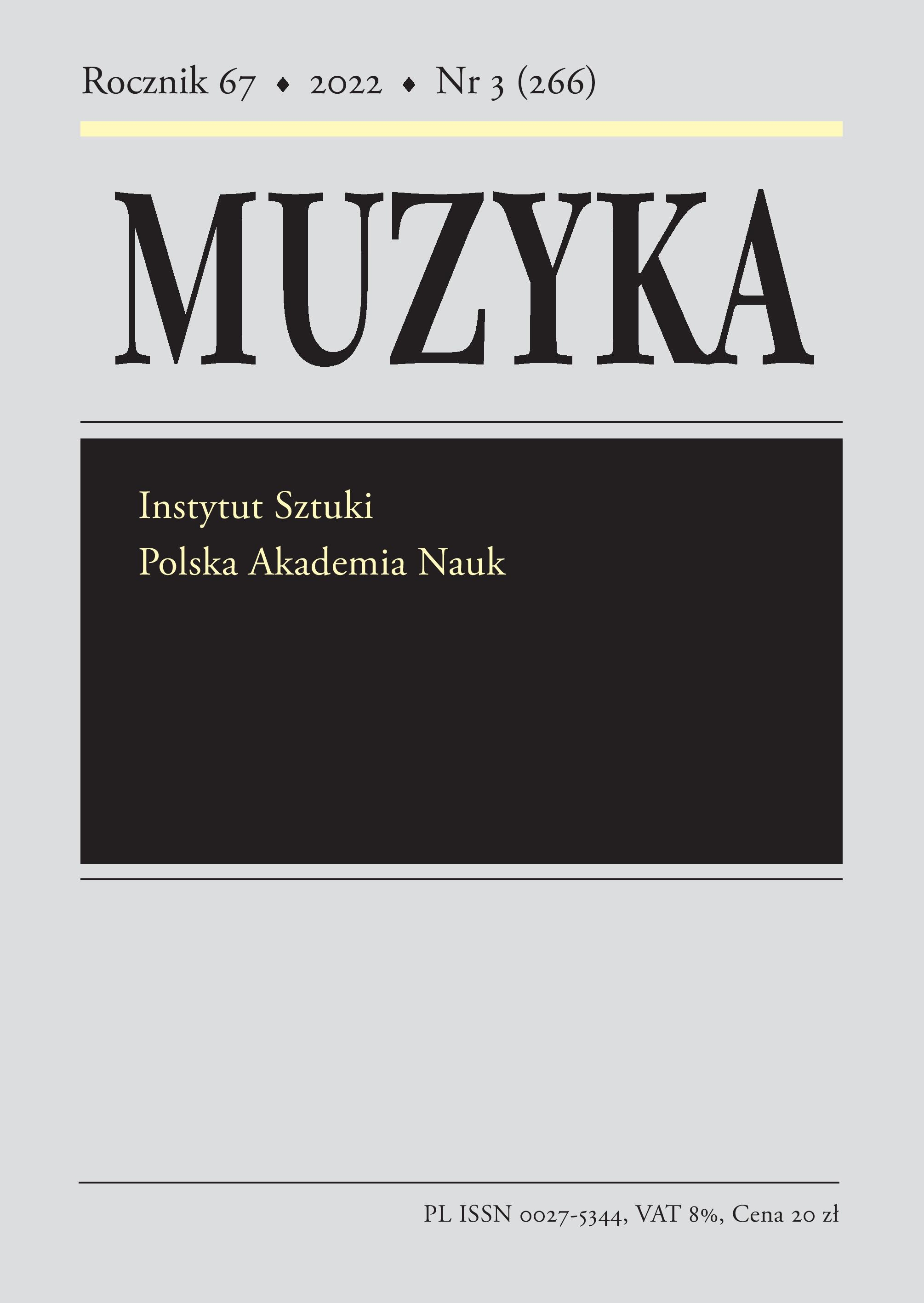Ignacy Jan Paderewski w polskim dyskursie satyrycznym z lat 1898-1936
Ignacy Jan Paderewski in Polish Satirical Discourse, 1898-1936
Author(s): Magdalena Dziadek, Justyna Kica, Michał JaczyńskiSubject(s): Music, Visual Arts, Sociology of Art
Published by: Instytut Sztuki Polskiej Akademii Nauk
Summary/Abstract: Polish satirical discourse related to the figure and activity of Ignacy Jan Paderewski was present in the Polish satirical press from the moment when he began to notch up great successes as a pianist until the time when his political activity eventually ceased. The press materials on this topic, collected for the needs of this paper, come from the years 1898–1936. They are literary texts (anecdotes, poems, and mini-dialogues) as well as iconography (caricatures and cartoons) appearing in press titles that represent three main centres in Poland under the Partitions: Warsaw, Lwów (now Lviv), and Poznań. The materials mostly come from three Warsaw magazines (‘Mucha’, ‘Kurier Świąteczny’, ‘Kolce’), Lwów’s ‘Szczutek’, and Poznań’s Bocian. This source material has been submitted to multifaceted analyses, focusing first and foremost on deciphering allusions to current historical events. These contents, presented in sometimes radically different ways by the individual magazines, depending on their political bias, substantially complement Paderewski’s official biography, while at the same time reflecting the diverse attitudes of the Polish society (represented here by the satirists) towards these events. Thanks to the vigilance and uncompromising approach of contributors to satirical magazines, we can get behind the scenes of such episodes from Paderewski’s life as the celebrations at Grunwald (Tannenberg), participation in the Paris Peace Conference and the League of Nations, his one-year tenure as Poland’s Prime Minister, contacts with the Polish community in the US, establishment of the Rzeczpospolita daily, and successive attempts to regain political power in the 1930s. The paper’s other aim is to characterise the overall character of the collected material from the perspective of image studies, with a discussion of the manner in which Paderewski is represented in caricatures created by Bogdan Nowakowski, Zygmunt Kurczyński, Kazimierz Grus, Antoni Romanowicz, Bronisław Fedyszyn, and several anonymous authors.
Journal: Muzyka
- Issue Year: 67/2022
- Issue No: 3
- Page Range: 78-113
- Page Count: 36
- Language: Polish

